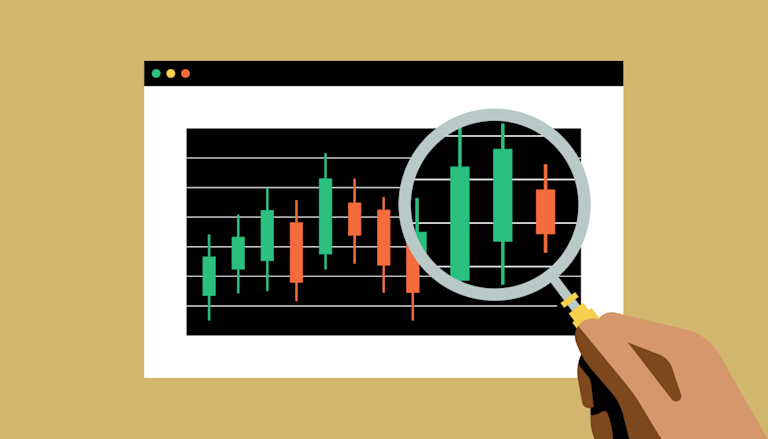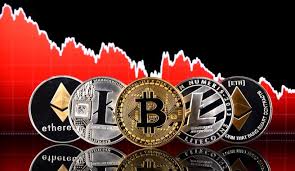
Understanding the Future of Trading Automation Crypto
In recent years, the cryptocurrency market has seen significant growth and transformation. Traders and investors are constantly on the lookout for innovative strategies to maximize their returns. One of the most promising advancements in this realm is Trading Automation Crypto click here—the use of sophisticated algorithms and software to execute trades efficiently. This article delves into the concept of trading automation in the crypto environment, discussing its benefits, strategies, and potential risks.
What is Trading Automation in Crypto?
Trading automation refers to the use of computer programs and algorithms to buy and sell cryptocurrencies on behalf of a trader. It streamlines trading processes, allowing for faster execution speeds and minimizing the emotional biases that often affect human traders. Automated trading systems can analyze market trends, develop trading strategies, and execute trades based on predetermined criteria without the need for manual intervention.
Benefits of Trading Automation
Trading automation offers a multitude of advantages that can enhance the trading experience for crypto enthusiasts:
- Increased Efficiency: Automated systems can analyze vast amounts of data and execute trades within milliseconds, far surpassing human capabilities.
- 24/7 Trading: Unlike human traders, automated systems can operate around the clock, taking advantage of opportunities in the market at any time.
- Emotion-Free Trading: Automation eliminates emotional decision-making, reducing the risk of panic selling or greedy buying.
- Backtesting Strategies: Traders can test their strategies on historical data to evaluate their effectiveness before committing real funds.

Common Trading Automation Strategies
There are several popular strategies that traders employ when utilizing automated trading systems in the crypto market:
- Arbitrage: This strategy takes advantage of price discrepancies between different exchanges, allowing traders to buy low on one platform and sell high on another.
- Market Making: Automated market makers provide liquidity to the market by placing both buy and sell orders, profiting from the spread.
- Trend Following: Many automated systems are designed to identify and capitalize on prevailing market trends, executing trades based on specific indicators.
- Mean Reversion: This approach bets on the idea that prices will revert to their historical averages, leading to profitable trades when they deviate from those averages.
Choosing the Right Trading Automation Tools
The selection of the appropriate tools for trading automation is crucial for success. Different platforms offer various features, so it is essential to consider the following factors when choosing a system:
- User Interface: A user-friendly interface can significantly improve the trading experience, especially for those who are new to automated systems.
- Security: Given the rise of cyber threats in the crypto market, ensure that the tools you opt for prioritize security measures, including encryption and two-factor authentication.
- Integration with Exchanges: Choose tools that support integration with multiple exchanges to widen your trading opportunities.
- Customization: The best automated trading tools offer customization options to tailor strategies based on individual preferences.
Risks of Trading Automation

While trading automation provides numerous benefits, it also comes with inherent risks that traders should be aware of:
- System Failures: Automated systems can experience glitches, network issues, or technical failures that can lead to significant financial losses.
- Overfitting: When backtesting strategies, it is possible to develop a model that performs well on historical data but fails in real-time trading.
- Lack of Flexibility: Automated systems may not adapt well to sudden market changes or unprecedented events that require human judgment.
Best Practices for Successful Trading Automation
To maximize the potential of trading automation, traders should adopt specific best practices:
- Start with a Demo Account: Before committing real capital, practice with a demo account to understand how automated systems function in various market conditions.
- Continuously Monitor Performance: Regularly review the performance of your automated strategies and make adjustments as needed to improve effectiveness.
- Stay Informed: Keep up with market trends and news that may impact your trading strategies, ensuring that your automation remains relevant.
- Implement Risk Management: Set appropriate risk management parameters to protect your capital, including stop-loss and take-profit levels.
The Future of Trading Automation in Crypto
The future of trading automation in the cryptocurrency market appears promising, with advancements in artificial intelligence and machine learning set to revolutionize the trading landscape. As these technologies continue to evolve, automated systems will likely become more sophisticated, enabling traders to develop increasingly complex strategies that outperform traditional manual trading methods.
In conclusion, trading automation crypto opens up a world of opportunities for traders looking to enhance their market activities. By understanding the benefits, risks, and best practices associated with automation, traders can navigate this dynamic landscape more effectively and potentially achieve greater success in their crypto trading endeavors.
